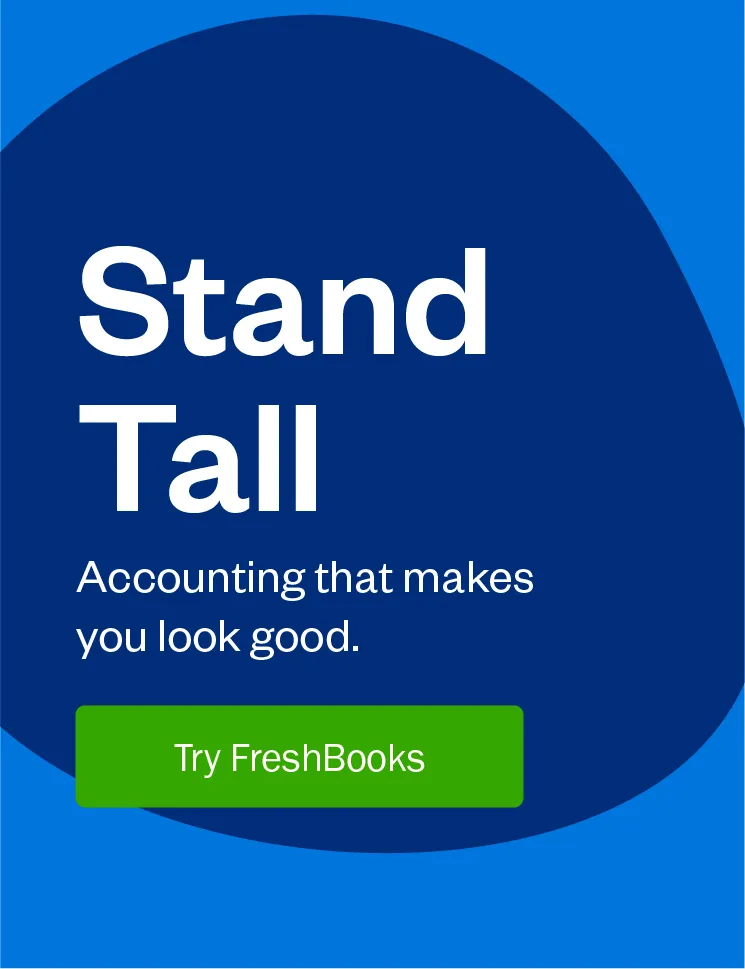Securing a small business loan can be a challenge. Use these strategies to be prepared for your loan search.

It’s safe to say that businesses rely on capital to fuel growth and fund other initiatives. This is true whether you’re a start-up bootstrapping the early months of your young business, a growing company looking to fund new initiatives, or your business occasionally needs capital to bridge a seasonal gap in cash flow. Some businesses might turn to an investor, but for most small business owners, it will likely be securing a small business loan.
There are a number of different options available to you, depending on what you need. Here are 5 strategies to help you with finding and securing a small business loan.
Table of Contents
1. Be Clear About Your Loan Objectives
Before securing a small business loan, take the time to identify what you need the money for and how much you really need. Regardless of whether or not the loan officer asks, this will help you determine the loan terms that make sense, the total cost of the loan you can afford, and how quickly you need the money.
To help you start defining your loan objectives, ask yourself these questions:
Why Do You Want to Borrow Money?
If your businesses is prepping for a growth spurt, your loan needs are going to be different from a business that is struggling to cover monthly costs. Get clear on why you want to borrow money and what that money is going to help you do. Any potential lender will want to know exactly why you need to borrow money.
How Much Money Do You Need?
Loans charge interest, so to keep costs low, make sure you’re only borrowing what you need. Consider what you’ll use the money for and how much you really need to cover those costs. Are you buying assets, using it to fund a marketing campaign, or hiring more employees?
Make sure you’re adding in all of the expenses that you need this loan to cover. For example, if you’re buying equipment, make sure to include the related costs of installation, training, and preparing your space.
How Will You Repay the Money?
Most loans come with a repayment term that starts right after the loan is disbursed. Look at your cash flow and decide how much you can afford to pay back monthly. Don’t put yourself in a stressful position right off the bat by borrowing more than you can afford to repay.
How Quickly Do You Need This Money?
Some loan options take longer to secure than others, so if you’re in a rush to get the cash, that may impact the type of loan you look for. Is this an emergency loan or are you using it to fund growth?
Use this business loan calculator to estimate how much your loan will cost:
2. Know Your Options for Securing a Small Business Loan
Most people automatically assume that a loan needs to come from a bank. But when it comes to lenders for your business, your choices aren’t limited to the traditional options.
- Banks and credit unions: Here you’ll find typical loan options, including real estate loans, term loans, auto loans, and lines of credit. You can borrow money for a variety of reasons, including to purchase equipment, vehicles, or to fund working capital.
- Online lenders: If you don’t want to go through a traditional lender, online lenders like PayPal and Kabbage are an alternative option. Loans are processed through an online application, which means approval and funding can happen quickly.
- Microlending: If you are looking for a smaller loan, microlenders are an option to explore. The SBA microloan program offers loans up to $50,000 and Accion USA provides loans up to $250,000.
- Small Business Association 7(a) loan: If you need a lot of capital, the 7(a) program is a great option for businesses. This is the SBA’s primary program, offering loans up to $5 million.
Don’t automatically dismiss something you’re not very familiar with—do some research, talk to lenders and other business owners to learn more about what’s available.
Learn More About Working Capital
3. Evaluate the Health of Your Business
Getting a loan for your business can be challenging. Lenders want to know that they can count on getting their money back, so lending standards can be stringent.
Before you head into the loan process, take a look at the health of your business. Evaluate whether you think you can qualify now or if there’s anything you can do to help with your upcoming loan application.
What do lenders look for when evaluating the health of your business? There are a number of red flags and each lender has their own criteria. Some red flags that may cause your loan application to be rejected include:
No Revenue or Spotty Cash Flow
Lenders want to have the best reassurance that their loan will be repaid, on time. That’s why it’s so important to many of them that you have strong revenue and cash flow. If you don’t meet a lender’s minimum revenue requirements or you have cash flow issues regularly popping up, this would raise a red flag for many lenders.
Bad Business Credit Score
Your business credit profile is a reflection of how your business meets its credit obligations. There are a number of reasons why a business credit score might be weak—you may not have been in business long enough to build a strong profile or you haven’t taken advantage of opportunities to do so. A weak business credit score makes it difficult for a lender to trust that you’ll repay the money.
Bad Personal Credit Score
Although your personal credit score is a reflection of how you meet your personal credit obligations and not your business ones, it has become a metric many lenders use to evaluate your business creditworthiness. It has even become a go-no-go metric for traditional lenders—so a personal credit score below 680 will make it difficult to secure a loan at the bank.
No Repayment Plan
You might be applying for a loan to help fund a big, new growth initiative that will help you make more money in your business. While that’s exciting for you, a lender will want to know that your business will be able to make loan payments regardless of whether or not your business achieves that return on investment goal.
4. Gather Your Documents
Getting a small business loan can mean a lot of paperwork. To help make the loan process go more smoothly, it’s a good idea to start getting your documents together early. Each lender will have its own requirements, but this list should help you get started:
Check Your Credit Reports
Remember, credit history will show how well you’ve dealt with your debts personally and in business. It’s important to regularly check your credit scores, both business and personal, to ensure that there are no errors.
Gather Your Tax Returns
At a minimum, pull your most recent tax returns, both personal and business. You’ll use these to show the lender how much money your business has made in the past.
Pro-Forma Financial Statements
Lenders often want to know what you’re going to do with the money you borrow and what your business will look like after you get the loan. Your pro-forma balance sheet, income statement, and cash flow statement project what you expect your business to look like in the future. If you don’t know how to prepare these, a good accountant can help you.
Business Plan
You may not have written a formal business plan when you started your business, but it’s probably time to put pen to paper for at least a few key items. The SBA has sample business plans that you can use to help get started.
Legal Documents
A lender is likely going to want to see your legal business documents, which may include your articles of incorporation, and your business license and registration.
5. Shop Around
The first place most small businesses look is their bank. It makes sense; it’s where they have their business checking account or maybe a savings account. What’s more, depending on your credit profile, the nature of your business, and other factors, this might be a good choice.
Don’t be discouraged if they decline your loan application, and don’t feel like you should stop there even if they say yes. If you’re willing to look around, there are more options for small business borrowers than ever before.
And, if your business isn’t a good fit for your bank, there are many non-bank lenders willing to offer a small business loan to a healthy, growing business.
Trouble Securing a Small Business Loan?
If you’ve shopped around and you aren’t having luck with a loan, there are other options that may help you get the money your business needs. Consider:
- Small business grants: State or local governments, and nonprofit organizations may sometimes offer grants to small businesses. Grants provide funding that doesn’t need to be repaid. Check with your local SBA office to see if they have any local grant information that can help you.
- Crowdfunding: Platforms like Kickstarter have made it easier than ever for business owners to raise money without needing to meet traditional lending requirements. Plus, it gives businesses an opportunity to promote themselves. Learn more about your crowdfunding options.
- Business credit card: A business credit card works like a personal credit card, allowing you to borrow against your credit limit when you need it. But also just like a credit card, you’ll want to pay off the balance quickly because the interest rates are high and it can be an expensive way to borrow money.
Conclusion
Deciding to take a loan is a big step for your business. It can be exciting to think about what you’ll do with the money and overwhelming to navigate all the options (and paperwork) in front of you.
That’s why it’s important to do your homework before securing a small business loan. Not only can that make the process easier, it can help ensure you’re taking out a loan for the right reasons and not borrowing more than you can afford to repay.
This post was updated in April 2020.

Written by Erica Gellerman, Freelance Contributor
Posted on May 8, 2020

 How to Get a U.S. Small Business Loan in 7 Easy Steps
How to Get a U.S. Small Business Loan in 7 Easy Steps 10 Simple Strategies on How to Increase Your Income
10 Simple Strategies on How to Increase Your Income The Best U.S. Loans and Grants for Women Entrepreneurs
The Best U.S. Loans and Grants for Women Entrepreneurs





